Passenger Car Shock Absorbers Rear: Improve driving experience and safety
 2025.06.01
2025.06.01
 Industry News
Industry News
In the suspension system of modern cars, Passenger Car Shock Absorbers Rear is a crucial component, which directly affects the comfort, stability and driving safety of the vehicle. As a key component connecting the wheels and the body, the rear suspension shock absorber can not only absorb the impact from the road, but also effectively control the shaking of the body to keep the vehicle running smoothly.
1. The basic function of Passenger Car Shock Absorbers Rear
The main function of the rear suspension shock absorber is to absorb the impact force between the wheels and the road and reduce the vibration of the vehicle during driving. Without the support of the shock absorber, the suspension system of the vehicle will not be able to effectively buffer the unevenness of the road surface, causing the vehicle to shake excessively when passing through bumpy sections, affecting driving comfort and driving stability.
The shock absorber can also ensure that the body can remain stable when accelerating, braking or turning by controlling the up and down movement of the suspension system, avoiding poor vehicle handling due to body shaking, and even causing danger.

2. Common types of rear suspension shock absorbers
Hydraulic shock absorbers
Hydraulic shock absorbers are the most common type of shock absorbers, which achieve shock absorption through the flow and friction of oil. This type of shock absorber is usually composed of an oil chamber, a piston, a piston rod, etc., which can absorb vibrations while regulating the movement of the vehicle body through the pressure of the oil.
Pneumatic shock absorbers
Pneumatic shock absorbers use air or nitrogen as a shock absorbing medium and are usually used in the rear suspension system of high-performance or luxury cars. While absorbing vibrations, pneumatic shock absorbers can provide better rebound effects and maintain vehicle stability. Compared with hydraulic shock absorbers, pneumatic shock absorbers are lighter and suitable for vehicles with higher requirements for handling.
Adaptive shock absorbers
Adaptive shock absorbers are a technology that has been gradually applied to high-end cars in recent years. It can adjust the shock absorption intensity in real time according to road conditions, vehicle speed and driving habits. Through the electronic control system, adaptive shock absorbers can provide the best comfort and handling in different driving modes.
3. How to choose the right Passenger Car Shock Absorbers Rear
Choosing the right rear suspension shock absorber requires comprehensive consideration of many factors. Here are some purchase suggestions:
Choose according to vehicle type
For ordinary passenger cars, oil shock absorbers are often sufficient to meet daily driving needs; for high-performance or sports vehicles, you can choose gas shock absorbers or adaptive shock absorbers to improve the vehicle's handling and driving stability.
Choose according to road conditions
If you often drive on bumpy or uneven roads, choosing a shock absorber with superior performance can effectively improve the comfort of the vehicle; if you drive on a smooth highway, you don't have to pursue high-performance shock absorbers too much, ordinary oil shock absorbers are enough.

Brand and quality
Brand and quality are key factors to ensure the long-term and stable operation of shock absorbers. Choosing a reputable auto parts brand can ensure the durability and reliability of shock absorbers in long-term use.
4. Maintenance and replacement of rear suspension shock absorbers
Rear suspension shock absorbers are not maintenance-free for life, and long-term use will cause their shock absorption performance to decline. Here are some common maintenance and replacement suggestions:
Regular inspection
The working condition of the shock absorber needs to be checked regularly, especially when the car has abnormal performance such as unstable handling and body shaking, the shock absorber should be checked in time for oil leakage, wear and other conditions.
Timely replacement
If the performance of the shock absorber has deteriorated and affected the driving stability of the vehicle, it should be replaced in time. Generally, the replacement cycle of the shock absorber is 50,000-60,000 kilometers, but if the vehicle is often in bad road conditions, it may need to be replaced more frequently.
Choose the right replacement parts
When replacing the shock absorber, you should choose high-quality replacement parts that match the original vehicle to ensure that the new shock absorber can meet the performance standards of the original vehicle.
5. The impact of rear suspension shock absorbers on vehicle performance
Comfort
The rear suspension shock absorber has a direct impact on the comfort of the vehicle. Good shock absorption can effectively reduce the vibration felt by the owner and passengers during driving and improve the riding experience, especially when driving long distances or at high speeds, comfort is particularly important.
Handling
The role of the shock absorber is not only to absorb vibration, but also to improve the handling of the vehicle. Appropriate shock absorbers can effectively avoid vehicle body instability when driving at high speed or making sharp turns, thereby enhancing driving confidence and safety.
Durability and stability
High-quality rear suspension shock absorbers can effectively extend the life of the suspension system, avoid excessive wear or failure of the suspension system due to shock absorber failure, and ensure the stability of the vehicle in long-term use.
As one of the core components of the automobile suspension system, the importance of Passenger Car Shock Absorbers Rear cannot be ignored. Choosing appropriate shock absorbers and maintaining them regularly can not only improve the comfort and handling of the vehicle, but also effectively ensure driving safety. Whether in daily use or facing complex road conditions, ensuring the excellent performance of the shock absorber is one of the key factors to improve vehicle performance.
 EN
EN  English
English Español
Español


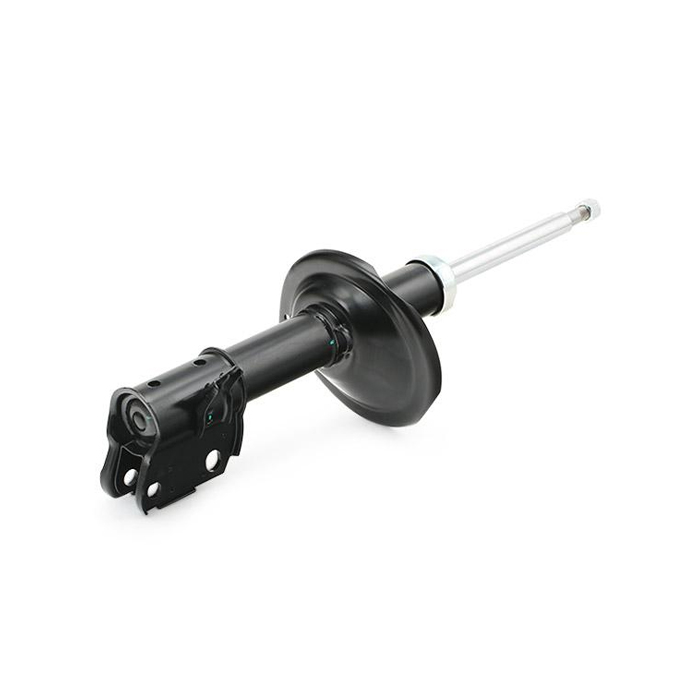
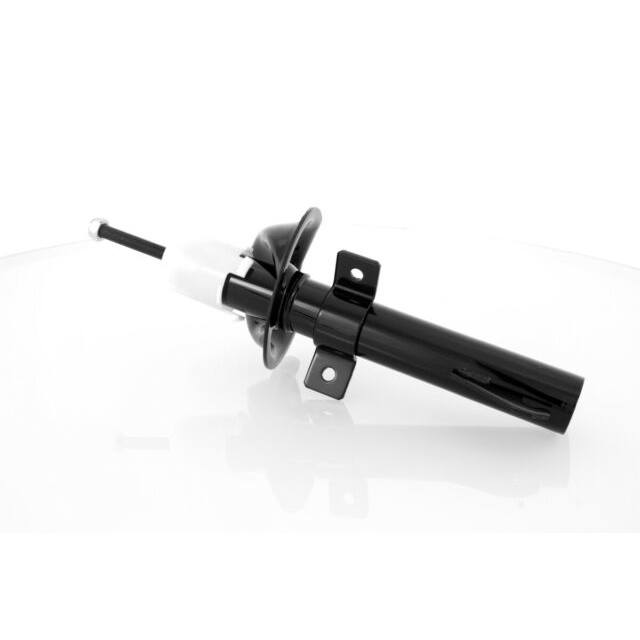
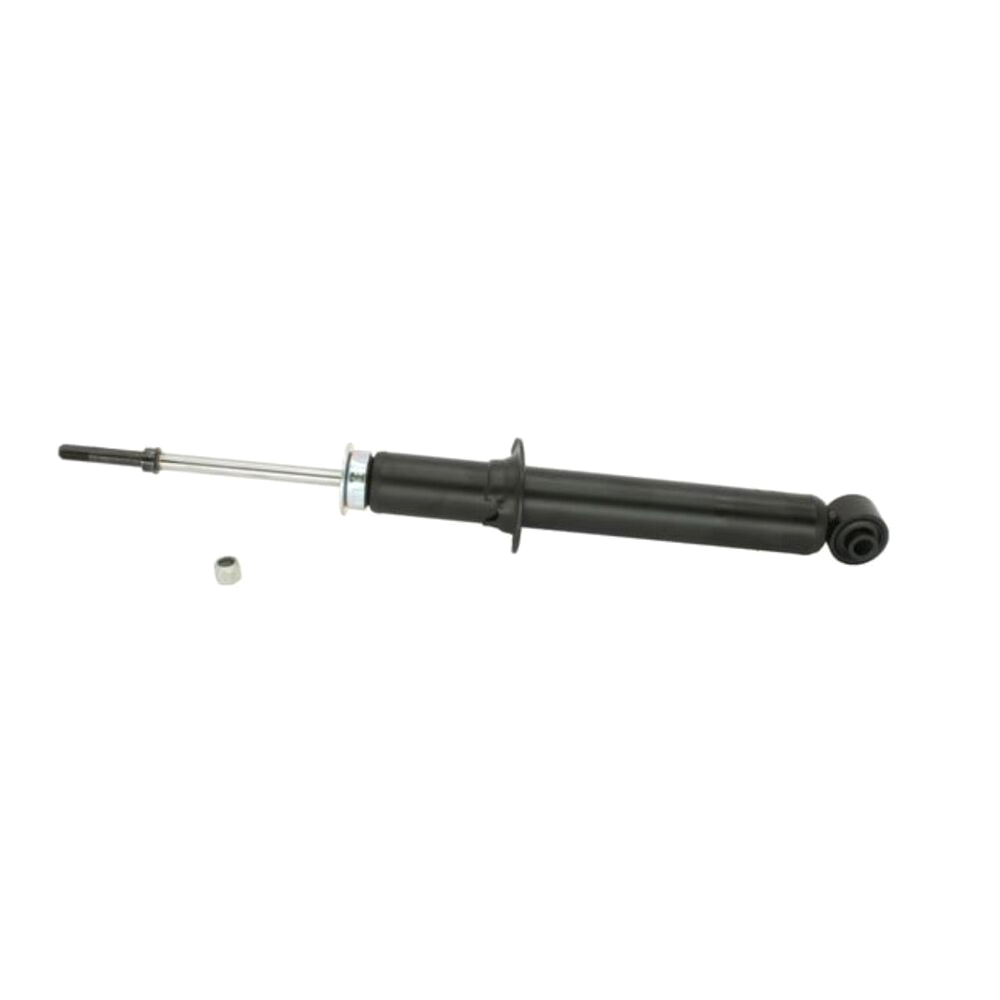
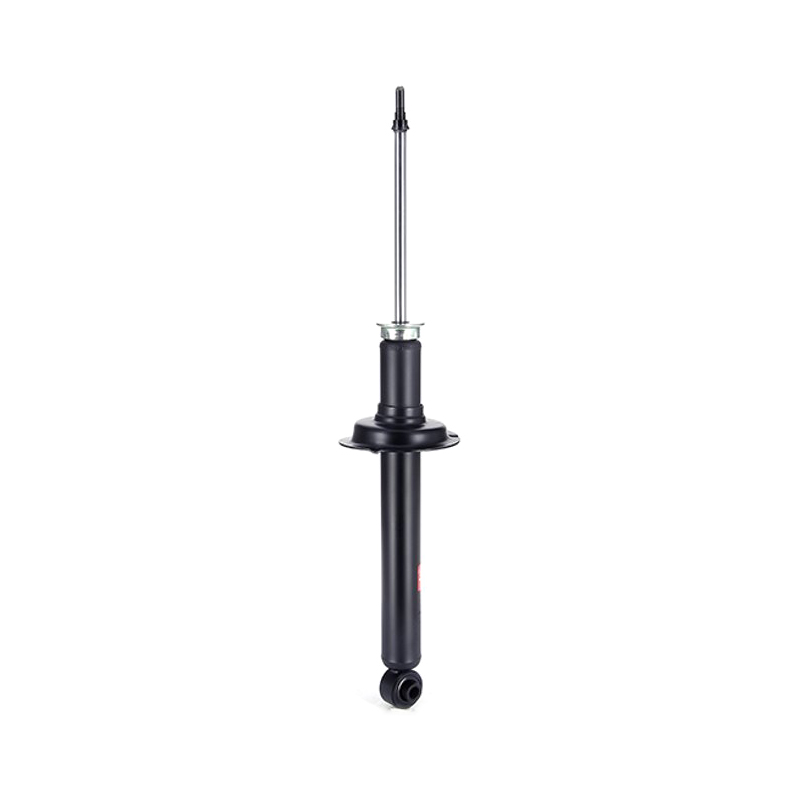
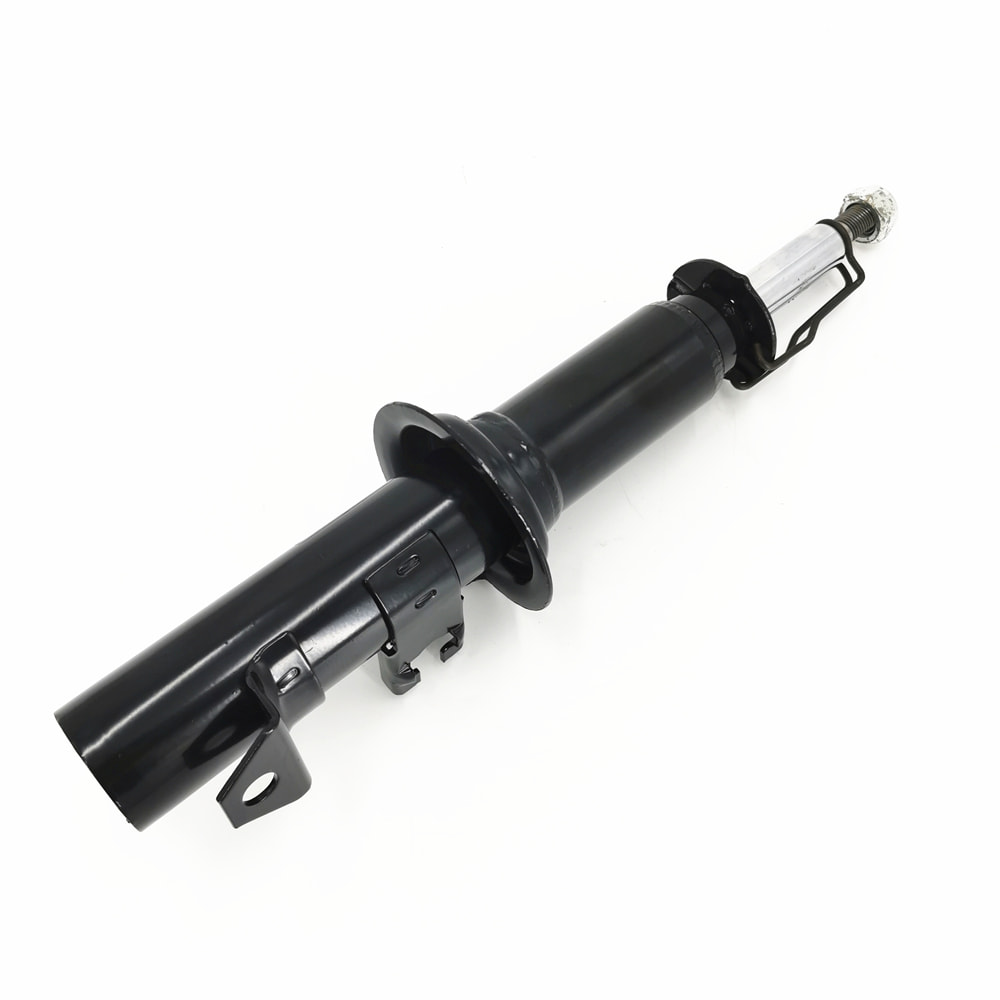
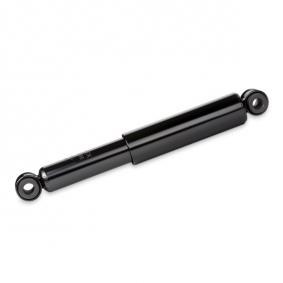
 +86-13757453333
+86-13757453333  +86-572-8355557
+86-572-8355557  Caroline@gerep.cn
Caroline@gerep.cn  No. 36, South Zhenxing Rd., Zhongguan Town, Deqing County, Huzhou, Zhejiang, China
No. 36, South Zhenxing Rd., Zhongguan Town, Deqing County, Huzhou, Zhejiang, China 